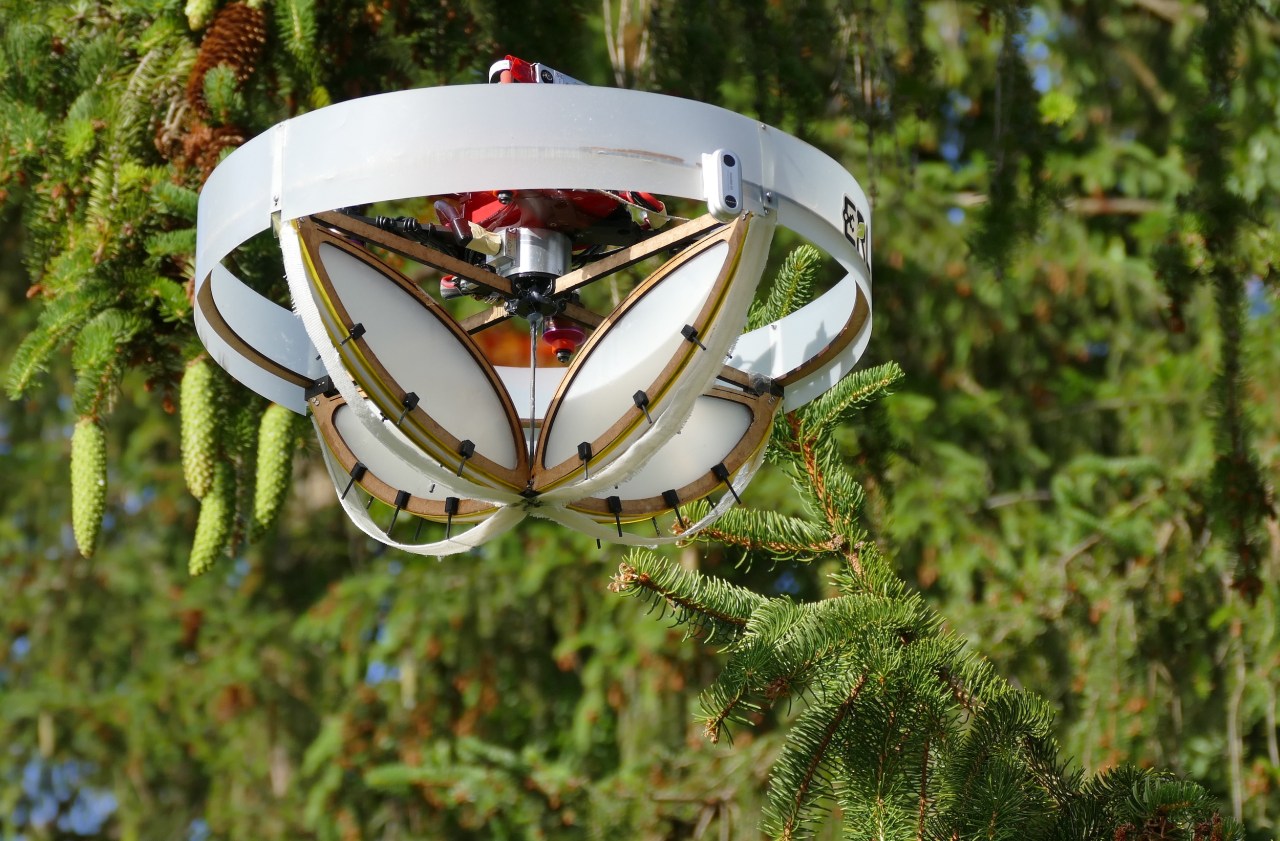Understanding the delicate interplay of life within our forests is paramount for conservation efforts and ecological restoration. With countless species sharing their habitat, glimpsing the full biodiversity profile from the ground may prove challenging. Enter a groundbreaking innovation: a gentle drone designed by Swiss researchers to collect loose environmental DNA (eDNA) from the lofty reaches of tree branches. This remarkable device not only enhances our capacity to assess biodiversity but does so from the safety of the ground, ushering in a new era of ecological monitoring.
The Importance of Environmental DNA in Biodiversity Studies
Environmental DNA consists of genetic material shed by organisms into their environment, which can be collected from various surfaces including soil, water, and trees. This material may stem from skin cells, fur, feathers, saliva, or waste. The potential to analyze these genetic impressions offers valuable insights into what species are present in a particular ecosystem without the need for direct observation.
- eDNA can be found in diverse habitats, providing a rich source of biodiversity information.
- Technological advances have made DNA analysis more accessible and affordable than ever before.
- Previous methods of sampling required significant manpower and resources, especially when it came to obtaining samples from high branches.
Meet the Drone: A Marvel of Engineering
The innovative aerial robot prototype developed at ETH Zurich boasts a design akin to a modernistic light fixture, elegantly combining wood and plastic. Its most impressive features are the strips of adhesive tape and humidified cotton, purposefully placed to capture eDNA without causing harm to tree branches. The operational brilliance of this drone lies in its capability to hover above tree limbs, align its approach with any movement of the branch, and gently collect samples by leaning against the tree.
Field Tests and Preliminary Findings
Initial field tests conducted in the nearby arboretum showcased the drone’s potential. Researchers successfully identified a plethora of plant and animal species, in addition to microorganisms, from samples collected with this revolutionary device. Notably, it became evident that the timing of sample collection made a difference—the drone demonstrated a higher effectiveness when engaging in sampling before rainfall, which hints at the collection of more recent traces of life.
Future Prospects of Drone Adoption in Ecological Monitoring
The implications of this technology reach far beyond mere curiosity about flora and fauna. As the Swiss researchers indicated, this innovation lays the groundwork for a future garden of robotic biodiversity explorers. These drones could offer data collection across various temporal and spatial scales, seamlessly integrating into current ecosystems without disrupting them.
Imagine an array of these drones working in tandem, providing continuous biomonitoring to measure biodiversity and predict how our environmental changes impact the biosphere. This paradigm shift offers not just a snapshot of biodiversity but a comprehensive and ongoing narrative of our ecosystems.
Conclusion: A New Era of Biodiversity Exploration
The integration of drones capable of collecting eDNA signifies a remarkable leap in ecological monitoring techniques. By facilitating easier and non-invasive access to high branches, these aerial robots can significantly advance our understanding of the intricacies of forest ecosystems. At fxis.ai, we believe that such advancements are crucial for the future of AI, as they enable more comprehensive and effective solutions. Our team is continually exploring new methodologies to push the envelope in artificial intelligence, ensuring that our clients benefit from the latest technological innovations.
For more insights, updates, or to collaborate on AI development projects, stay connected with fxis.ai.

